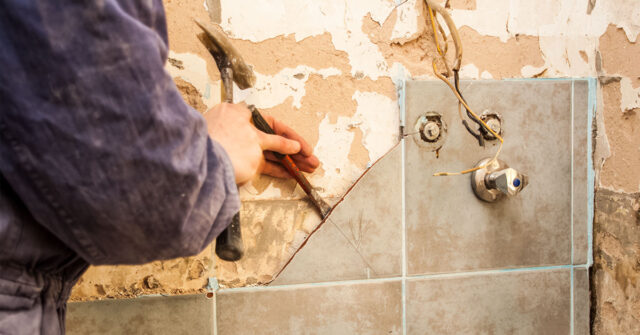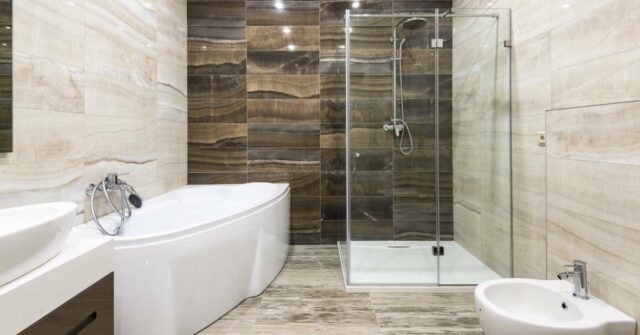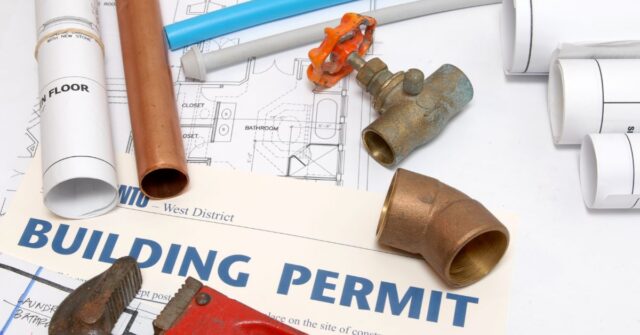Home renovations can be a thrilling endeavour- transforming spaces and breathing life into tired rooms. But amidst the excitement, there’s a silent threat lurking in many older homes: asbestos.
Knowing the risks and how to handle asbestos safely is crucial to protecting your health and your family’s future.
What Is Asbestos and Why Is It Dangerous?
Asbestos is a naturally occurring mineral once praised for its fireproof and insulating qualities. It has been used extensively in construction materials for decades.
However, its use came at a cost: microscopic asbestos fibres, when inhaled, can cause irreversible damage to the lungs and other parts of the body.
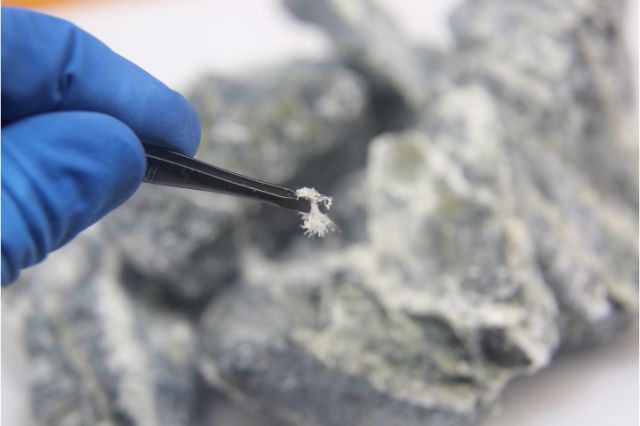
Understanding Asbestos: A Brief History
Asbestos became widely popular in construction during the mid-20th century. Its durability and heat resistance made it a go-to material for insulation, roofing, and wall panels.
Unfortunately, by the 1980s, researchers had established a direct link between asbestos exposure and severe illnesses, prompting its eventual ban in Australia in 2003.
Despite this, homes built before the ban still pose a risk.
Health Risks Associated With Asbestos Exposure
Asbestos exposure is no laughing matter. Even a single encounter can lead to devastating health outcomes, often decades after the fact.
Conditions such as mesothelioma, lung cancer, and asbestosis have been directly linked to asbestos exposure, leaving little room for error when dealing with the material.
Common Asbestos-Related Diseases
- Mesothelioma: An aggressive cancer affecting the lining of the lungs, abdomen, or heart.
- Asbestosis: A chronic lung disease that scars lung tissue and causes long-term breathing issues.
- Lung Cancer: A heightened risk of lung cancer is common, especially for smokers exposed to asbestos.
Where Is Asbestos Found in Australian Homes?
Asbestos isn’t always obvious. It often hides in plain sight, embedded within materials that were once commonplace in construction.
If your home was built or renovated before the 1990s, there’s a good chance asbestos could be present.
Asbestos in Older Homes: The Pre-1990s Connection
Australian homes built before 1990 were frequently constructed using asbestos-containing materials.
Back then, it was considered a cheap and durable solution for many building challenges. While modern homes are safe, older properties require thorough inspections.
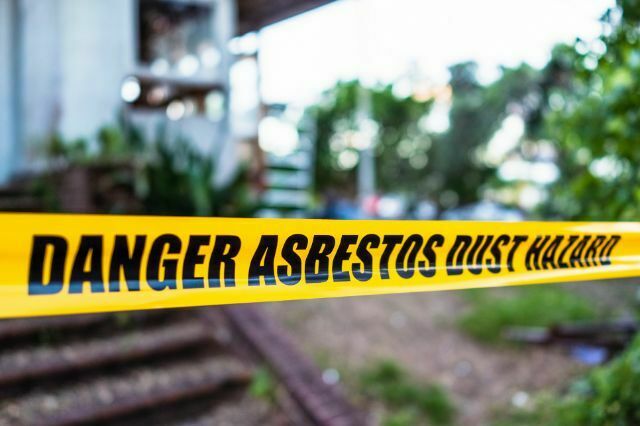
Common Areas Containing Asbestos Materials
- Ceiling insulation and tiles
- Bathroom linings, especially around showers and tubs
- Roof shingles and eaves
- Floor coverings, including vinyl tiles and underlay
- External cladding and fencing materials
How to Identify Potential Asbestos in Your Home
Identifying asbestos is tricky- it doesn’t come with warning signs or a distinct look. Professional asbestos assessors use specialized testing to confirm its presence.
If you suspect asbestos, avoid disturbing the material and contact a licensed inspector immediately.
Why Home Renovations Increase Asbestos Exposure Risks
Home renovations often disturb hidden asbestos. This releases hazardous fibres into the air, putting everyone in the vicinity at risk.
Without proper precautions, renovation projects can quickly become dangerous.
Disturbing Asbestos-Containing Materials
Asbestos is most dangerous when it’s damaged or disturbed. Common renovation activities like drilling, sawing, or sanding can unleash harmful fibres into the air, creating an invisible health hazard.
Common Renovation Activities That Release Asbestos Fibers
- Removing old insulation
- Demolishing walls or ceilings
- Replacing roofing materials
- Sanding floor tiles or linoleum
The Dangers of DIY Renovations
DIY renovations might seem like a money-saver, but when asbestos is involved, the risks far outweigh the rewards.
Without proper equipment and expertise, handling asbestos yourself can put you and your family in harm’s way.
Legal Guidelines for Asbestos Management in Australia
Australia takes asbestos management seriously. The laws in place are designed to protect public health and ensure the safe handling of this hazardous material.
Knowing these guidelines is essential for any homeowner planning renovations.
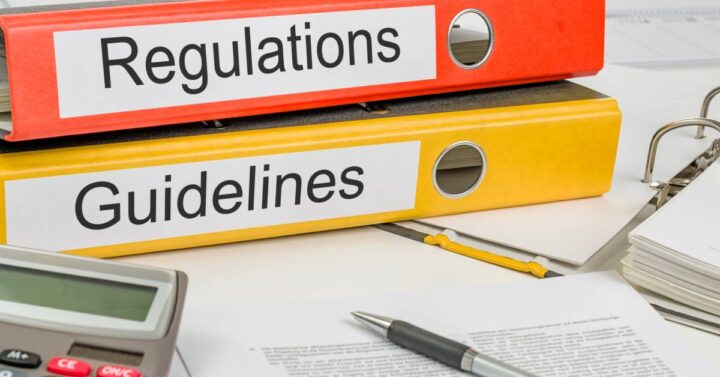
Understanding Australian Asbestos Regulations
The law is clear: asbestos must be handled by licensed professionals. Homeowners and contractors are required to follow strict protocols to manage and dispose of asbestos safely.
Who Can Remove Asbestos: Licensing and Certification
Only certified asbestos removalists are permitted to handle the material. They undergo rigorous training to manage risks and comply with legal requirements.
Hiring an uncertified worker or attempting removal yourself is illegal and dangerous.
Penalties for Non-Compliance With Asbestos Laws
Ignoring asbestos regulations can lead to fines exceeding $10,000 and, more importantly, serious health repercussions. Following the rules protects not just your pocket but also lives.
Steps to Take Before Starting a Renovation
Preparation is your best defence when it comes to asbestos. Taking the right steps before starting any renovation project can prevent accidents and unnecessary risks.
Conducting an Asbestos Assessment
An asbestos assessment is a must for homes built before 1990. A licensed assessor will evaluate your property, identify risks, and provide a report on any asbestos-containing materials.
Hiring Certified Asbestos Professionals
If asbestos is present, it’s time to bring in the experts. Certified removalists have the tools and experience needed to safely handle and dispose of asbestos materials.
Planning Safe Renovation Practices
Work with your contractors to map out a plan that minimizes risk. This might involve sealing off work areas, using protective equipment, and coordinating closely with asbestos professionals.
The Asbestos Removal Process Explained
The process of asbestos removal is carefully structured to eliminate risks and protect everyone involved. Here’s how it’s done:
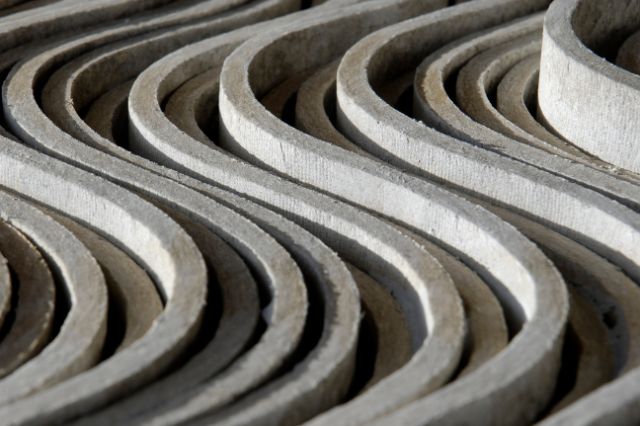
Initial Inspection and Testing
A qualified inspector will begin by identifying potential asbestos-containing materials and collecting samples for laboratory testing. This ensures accurate identification.
Safe Removal and Disposal of Asbestos Materials
Using specialized equipment, professionals carefully remove asbestos materials, sealing them in secure containers for disposal at approved facilities.
Post-Removal Clearance and Safety Checks
After the removal, air quality tests confirm that the area is free from asbestos fibres. Only after this clearance is granted can renovation work resume.
Health Precautions to Minimize Asbestos Risks
Taking precautions during asbestos handling can drastically reduce exposure risks and provide peace of mind.
Protective Gear and Equipment
Protective equipment, such as respirators and disposable suits, is essential for those working near asbestos. This gear acts as a barrier against airborne fibres.
Importance of Air Quality Monitoring
Air monitoring ensures that asbestos fibres are no longer present after removal. It’s a vital step to verify that spaces are safe for use.
How to Handle Potential Asbestos Exposure
If you think you’ve been exposed, consult a healthcare professional immediately. Early medical intervention can make a significant difference in outcomes.
Why Professional Help Is Essential
Professional asbestos services provide safety, expertise, and compliance with legal standards. It’s a step that should never be skipped.
The Risks of DIY Asbestos Handling
Attempting asbestos removal without proper knowledge and equipment can create life-threatening situations. It’s a risk not worth taking.
Benefits of Hiring Licensed Asbestos Professionals
Licensed professionals bring experience, tools, and legal compliance to the table. They handle the hard work while keeping you and your family safe.
NuDesign Bathroom Renovations’ Commitment to Safe Practices
At NuDesign Bathroom Renovations, safety is at the core of everything we do. We make your renovation dreams a reality without compromising your health.
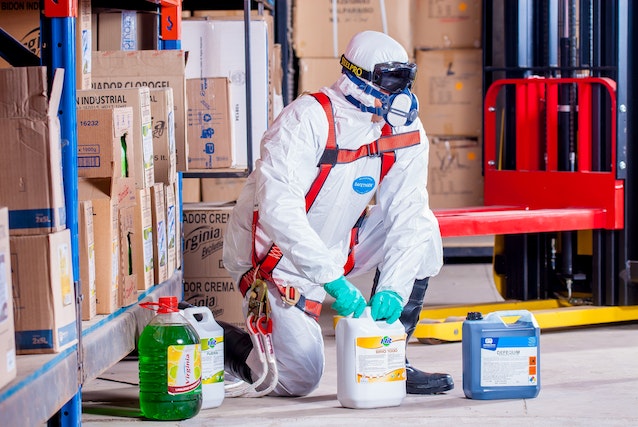
Ensuring Safety in Every Renovation Project
Our team takes a proactive approach to identifying and managing asbestos risks, ensuring your project is safe from start to finish.
Collaborating With Certified Asbestos Experts
We work alongside licensed asbestos removalists to guarantee that all materials are handled responsibly, leaving no room for error.
Our Promise to Australian Homeowners
Your safety comes first. Whether it’s assessing asbestos risks or coordinating professional removal, we’re here to guide you every step of the way.
Conclusion
Renovating your home doesn’t have to come at the cost of your health.
By understanding asbestos risks, following legal guidelines, and working with experts, you can achieve the home of your dreams while staying safe.
Don’t leave safety to chance- contact the professionals and renovate with confidence.


